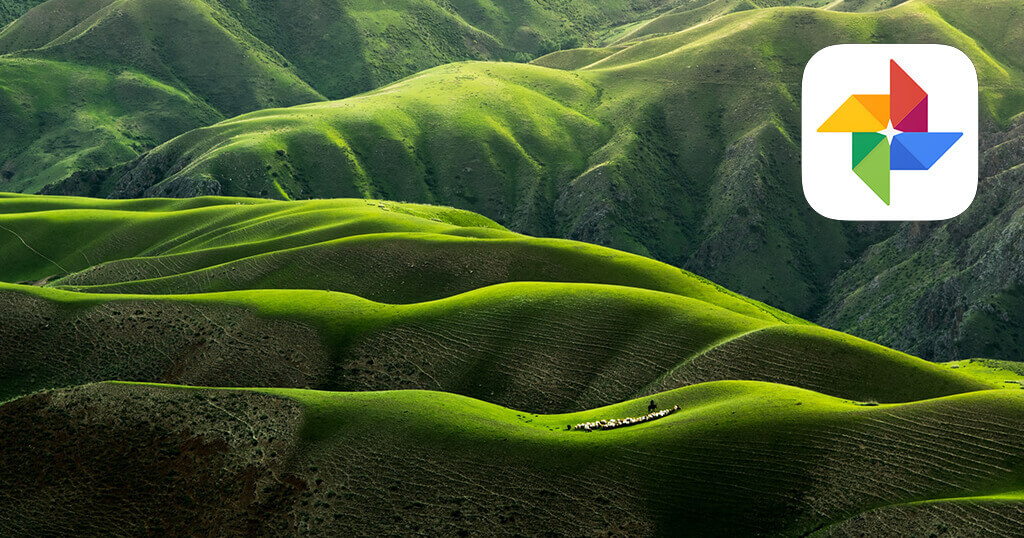As any digital picture frame aficionado will tell you, it is crucial that you can add and delete images as efficiently as possible. The higher the number of great photos on your frame, the better the overall appreciation.
Most photos these days are taken with a mobile phone camera, and many end up in the Google Photos app. Wouldn’t it be nice to have a “Picture Frame Album” in your Google Photos app, and all your images automatically show up on your living room picture frame?
In this article, I will show you how to use rclone to mirror the contents of your favorite Google Photos album on your Raspberry Pi digital picture frame.
This solution is cost and advertising-free as it is an open-source development. There is also a very helpful Rclone forum.
And since you can access Google Photos on your mobile and desktop computer, you have a super-easy way to manage your photo library on your frame.
Installing rclone for Google Photos
I have written about rclone as a Dropbox access on the Raspberry Pi on this blog earlier, but this time I will focus on the Google Photos connection.
The official documentation is meticulous, but it may be a bit overwhelming for the casual user, so here is a quick summary:
If you haven’t yet installed rclone on your Raspberry Pi, open a Terminal window and enter
curl https://rclone.org/install.sh | sudo bashNext, we’ll start the configuration process with
rclone config- Choose “n” to create a new remote
- Call it something like “googlephotos”
- Look up and enter the corresponding number for Google Photos. This may change with a new rclone release, but at the time of writing it is “19”.
- Press Enter at “client id”
- Press Enter at “client secret”
- Enter “true” when the dialog window asks about “read-only”. We don’t want the picture frame to do anything else than read your images.
- Say “n” to Edit advanced config
- Say “n” if you are working on a remote or headless machine
- Now you’ll see “Option config_token. For this to work, you will need rclone available on a machine with a web browser.” On a Mac, I just open another terminal window, install rclone (see above) and paste the command which goes something like this “rclone authorize “google photos. “eyJyZshkkX29ubHkiOiJ0cnVlIn0” into the terminal line.
- A browser window will open and you may have to choose a Google account, and then you will get two messages if you want to “Grant rclone permission?”. You will then get a code, go back to your Raspberry Pi Terminal window and paste the verification code there.

- Confirm the last step with “y,” and you will see your new remote connection. Enter “q” to quit.
Choosing the album to clone
Create a new album in Google Photos, or pick your favorite one. In my example, the album will be called “myfavorites”.
I have a folder on my Raspberry Pi in /home/pi/Pictures/digitalframe where I want to have all my images from the “myfavorites” album.
The command syntax for doing this is:
rclone sync [source] [destination]In our example, the command line would be
rclone sync googlephotos:album/myfavorites /home/pi/Pictures/digitalframeNote that you have to put an “album/” before the name of the Google Photos album. If you are using a shared album, you have to add “shared-album/” instead.
Your Google Photos album will be the master, and everything in this album will be cloned onto the folder on your Raspberry Pi.
Automatic sync using crontab
To automatically clone your Google Photos album onto your digital picture frame every hour, we only have to add one line in crontab.
Enter
crontab -eand add this line at the end:
0 */1 * * * rclone sync googlephotos:album/myfavorites /home/pi/Pictures/digitalframeSave and close.
Conclusion
As Google Photos allows you to share your albums with other people, this is also an easy way to let friends & family add their images to appear on the digital picture frame in the living room.
I haven’t found a way to achieve the same with Apple Photos; it only works with Google Photos for now. If any of you has found a solution, please get in touch with me.
The Google Photos library management is probably as convenient as it can get as it covers both mobile and desktop platforms and fully integrates into the Google ecosystem.
No more excuses for letting great photos lie dormant on some memory chip on your phone!
Was this article helpful?
Thank you for your support and motivation.
Related Articles
- How to send photos to your Raspberry Pi digital photo frame via email – 2022 Update
- How to synchronize your Raspberry Pi digital picture frame with Google Drive using rclone
- How to add photos to your Raspberry Pi digital picture frame via email
- How to get a professional and automatic aspect ratio crop for your images on your Raspberry Pi digital picture frame
